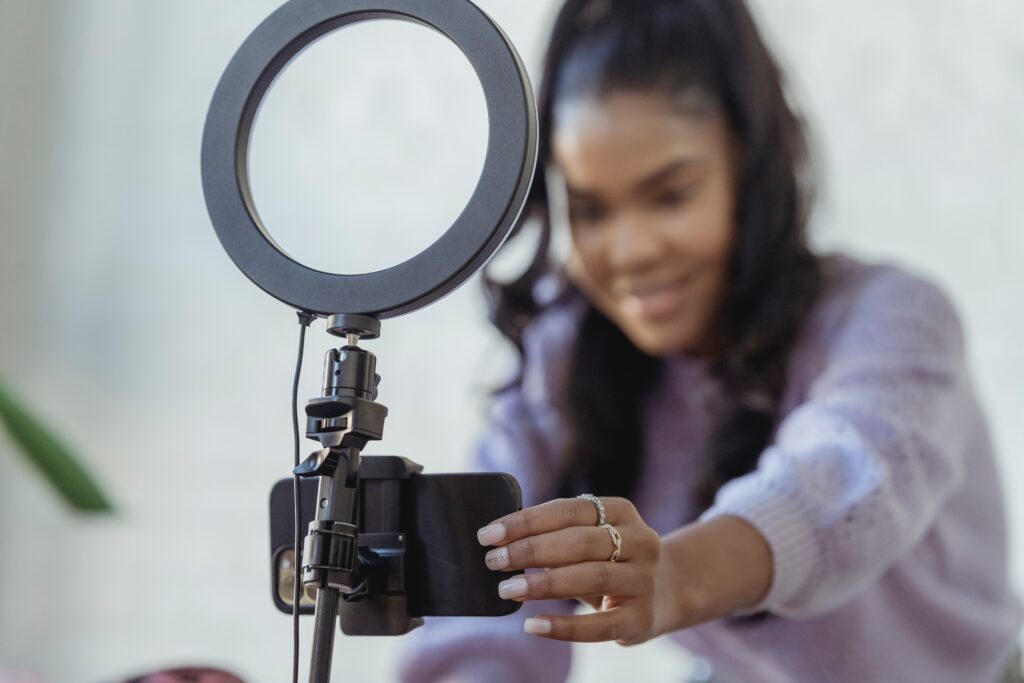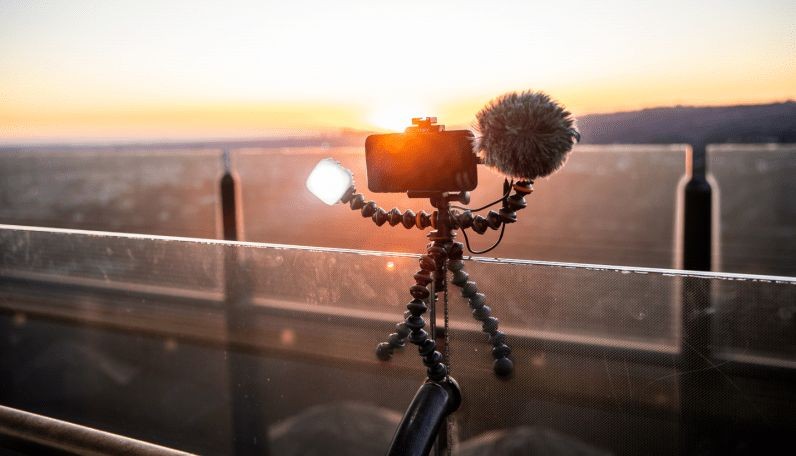Smartphones nowadays extend beyond their primary purpose of allowing us to keep in touch with others, they are integrated with grandeur functionalities, one being a Camera. For that reason, one doesn’t necessarily need to have an expensive digital camera to be a Videographer.

There are countless filmmakers who have shot award-winning films with their phones. So before you dig deep into your pockets for cents to buy a high-end camera, that very device that fits in your pockets might be the solution to produce exceptional footage. Here are some pointers you need to take into consideration whenever the need to capture the splendour of your scenery arises.
Capture in the landscape:
Because we position our phones vertically when we’re using them, most budding mobile Videographers make the fundamental mistake of capturing videos in portrait mode, this results in black lines on both sides of the video, after editing it. Not only that, but it makes the video unappealing to anyone watching it. So the next time you shoot, change the orientation of your phone into a horizontal display and you’ll have a more aesthetically pleasing image, filling the entire screen.
Camera Settings:
Do you constantly check & tweak your settings or you just pick up your phone & start shooting? It is when you can fully optimize the settings on your phone’s camera that you can produce high quality
Videos. On Android phones, you’ll find the settings embedded within the camera itself, with Apple the options are on the main menu settings.
Here are some settings that you need to alter manually :
- Rule of thirds: most people ignore those 3 x 3 gridlines & they are actually helpful in placing the subject elements at the centre for visual purposes, by dividing the frame into thirds. This is to ascertain that the background doesn’t draw the viewer’s focus from the main subject.
- Shutter Speed: Usually indicated by an “S”, this option will give you a list of speeds, the longer the speed you choose the more time the sensor is exposed to light (depending on your environment).
- ISO: this is the camera’s sensitivity to light. It is vital to adjust it in relation to the shutter speed & control the noise of the image in your video.
Clean the lens:
We place our phones on various surfaces, so it is easy for them to pick up dirt & scratches, the camera lens being the most prone to this & consequently affecting the image quality. So perhaps you’ve been getting distorted videos because you haven’t cleaned your lens in a while or have never at all. The easiest way to remove smudges is by using a cloth or a dry microfiber, they are advantageous in that they’re reusable.
Remain Steady:
No one wants to watch a shaky clip; I immediately stop an unstable YouTube video & proceed onto the next one, it’s just uncomfortable to the eyes. I’ve observed people who capture videos with their mobiles, most of them tend to use one hand. It is highly advisable to hold your phone with both your hands & keep them as close to your body as possible, so to enforce stability. If you have the means, purchase a tripod or a hand-held grip.

Get closer to your Subject:
Proximity matters! The zooming option of a cell phone is not as precise as that of a digital camera, instead, it distorts the image, so whenever possible, pick up your feet & get close to the subject, especially if you want to acquire a close-up or a medium-shot. By doing this, your video will be sharp, crystal clear and give you that shallow & cinematic depth of field. This will also improve the audio quality of your video if the person in it is speaking.
Good Lighting:
This is one of the most important aspects of shooting. Smartphone cameras have tiny image sensors, so capturing in dark areas can result in unrefined video quality. Try to always shoot in well-lit areas! If you’re at an outdoor location, then sunlight is the best source of light to enhance the brightness of your video. In the absence thereof or should you be obliged to capture indoors, get a light. I’ve used a ring light before & it works just fine.
Invest in editing software:
Now the fun part! Your video is done, now you get to be creative. There are free apps like iMovie & FilmoraGo that you can download, however, they have functions that need you to pay for to fully make use of the app. If anything, this is where your money should go to create that alluring content.


